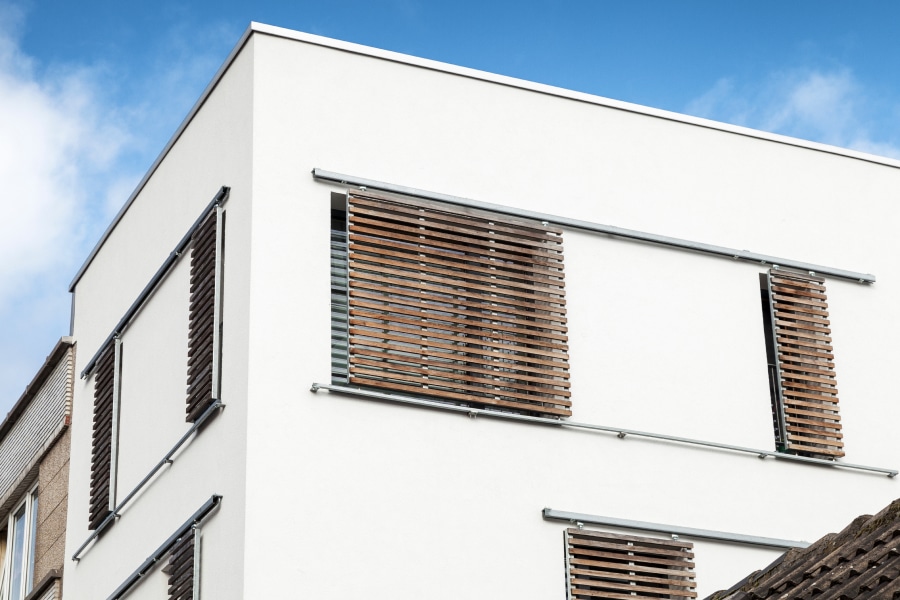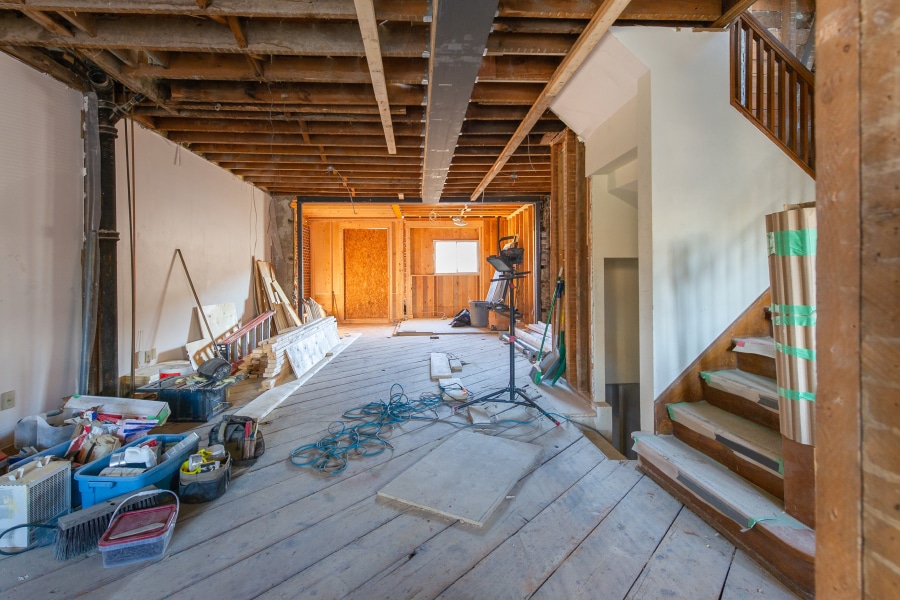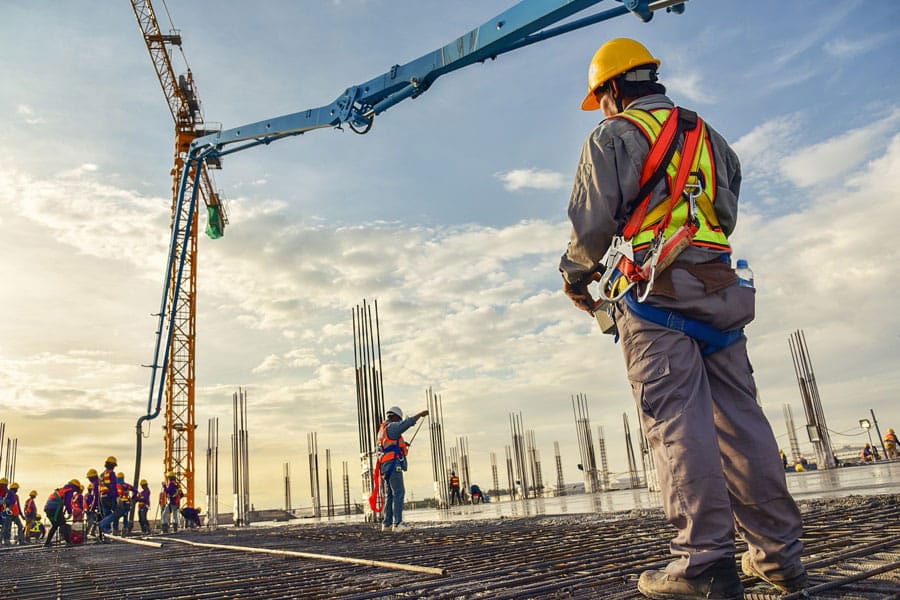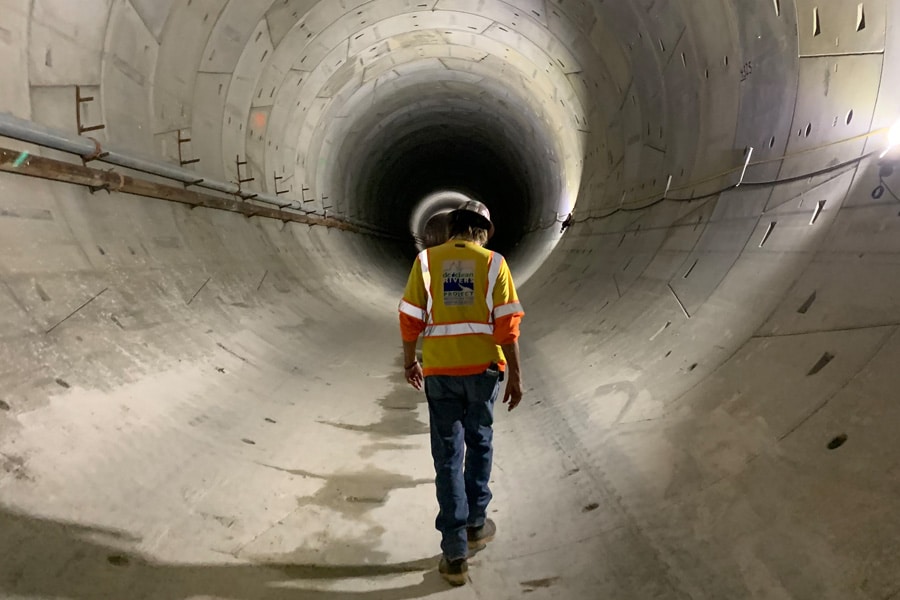Just as technological advancements have transformed the green building industry, so has progress in sustainable materials and construction practices. Concrete, a ubiquitous building material, has been a focal point of sustainability efforts due to its significant environmental footprint. Cement, a key component of concrete, accounts for about 7% of greenhouse gas emissions globally.
To mitigate this impact, scientists and green builders have been diligently exploring ways to make concrete more eco-friendly. One approach involves incorporating supplementary cementitious materials (SCMs) such as fly ash or silica fume into traditional cement formulations, reducing the overall carbon footprint of concrete structures.
Innovations for Eco-Friendly Building Materials
Innovations in concrete extend beyond the realm of traditional formulations. Builders are now exploring new types of concrete with specific environmental benefits. Green concrete, for instance, uses recycled materials and waste products as aggregates, reducing the demand for virgin resources and minimizing waste.
Cool concrete, on the other hand, incorporates additives that decrease heat absorption, thereby reducing the energy required to cool buildings—a particularly crucial consideration in urban environments. Additionally, permeable concrete is gaining traction for its ability to mitigate stormwater runoff, alleviating pressure on drainage systems and reducing pollution in waterways.
Recycled and renewable materials are also playing an increasingly vital role in sustainable construction practices. Rather than relying solely on new materials, green builders are turning to alternatives that have less impact on the environment.
Renewable resources such as fast-growing cork and bamboo are being used for flooring, offering sustainable alternatives to traditional materials. Similarly, sheep’s wool is gaining popularity as an eco-friendly insulation material, providing effective thermal properties while reducing reliance on synthetic alternatives.
How Modular Construction Reduces Waste and Enhances Sustainability
Moreover, the concept of a circular economy for construction materials is gaining momentum. By repurposing materials like steel, metal, wood, plastics and fixtures, projects can significantly reduce waste and lower their carbon footprints. Despite progress, the circularity rate of building materials remains relatively low, indicating ample room for growth and innovation in this area.
Modular construction presents another avenue for advancing green building practices. By prefabricating components off-site and assembling them on-site, modular construction minimizes waste, reduces construction time and enhances efficiency—all while incorporating sustainable design principles. The global modular construction market is poised for exponential growth in the coming years, driven by the demand for more sustainable and cost-effective building solutions.
Furthermore, energy-efficient fixtures play a crucial role in reducing the operational carbon footprint of buildings. Appliances and fixtures account for a significant portion of a building’s energy consumption, making the integration of energy-saving technologies essential for reducing costs and environmental impact. By investing in energy-efficient fixtures and appliances, building owners can achieve substantial savings while contributing to a more sustainable built environment.
The convergence of technological innovation, sustainable materials and construction practices is reshaping the green building industry. From eco-friendly concrete formulations to modular construction techniques and energy-efficient fixtures, these advancements are driving a transformative shift toward greener, more sustainable buildings.
And as the industry continues to evolve, embracing these innovations will be essential for creating a built environment that is both environmentally responsible and economically viable.













